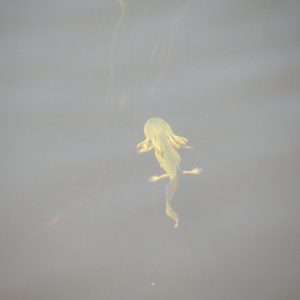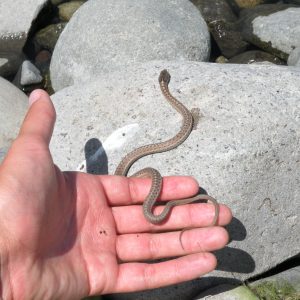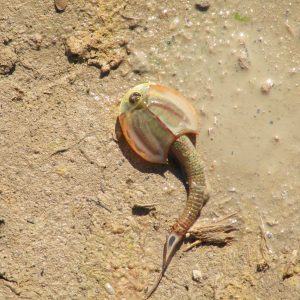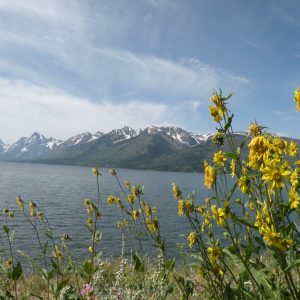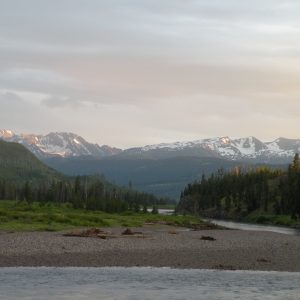Getting the opportunity to work with the BLM in Alaska is quite literally something I never imagined doing. Alaska has always seemed like a foreign country, especially growing up on the east coast. I’ve been here for almost a month now and I can honestly say I don’t think I’ll ever get used to the breathtaking views.
 Five days after I arrived we embarked on our first journey to Chicken, AK to scout areas to return to when the seeds become ready to collect. Now I know, it’s pretty crazy just coming to Alaska, then immediately I get to go on this week long road trip to this exotic seeming place called Chicken. The trip up there was amazing, driving through so many different eco-regions was a great way to start learning about Alaska’s environment first hand.
Five days after I arrived we embarked on our first journey to Chicken, AK to scout areas to return to when the seeds become ready to collect. Now I know, it’s pretty crazy just coming to Alaska, then immediately I get to go on this week long road trip to this exotic seeming place called Chicken. The trip up there was amazing, driving through so many different eco-regions was a great way to start learning about Alaska’s environment first hand.
Although I am up here learning about so many cool plants, I have to admit the highlight of my trip so far is the wildlife we’ve gotten to see. On the way up we saw some muskrats in a small pond, a red fox at the edge of the road, some moose, a Peregrine Falcon haunting hikers along a trail, and a bear swim across a river (there are still arguments whether it was a small grizzly or a black bear). The most exciting of all, we saw a Lynx!! It was so beautiful and graceful with its large paws that can be called “built-in snow shoes.” This was such an amazing experience considering very few people who have been in Alaska for years have seen a Lynx, and I’ve seen one after being here for only a week. Now we are getting to the heart of the collecting season and I can’t wait to travel all over the state and have so many more great experiences, and collect seeds of course!




